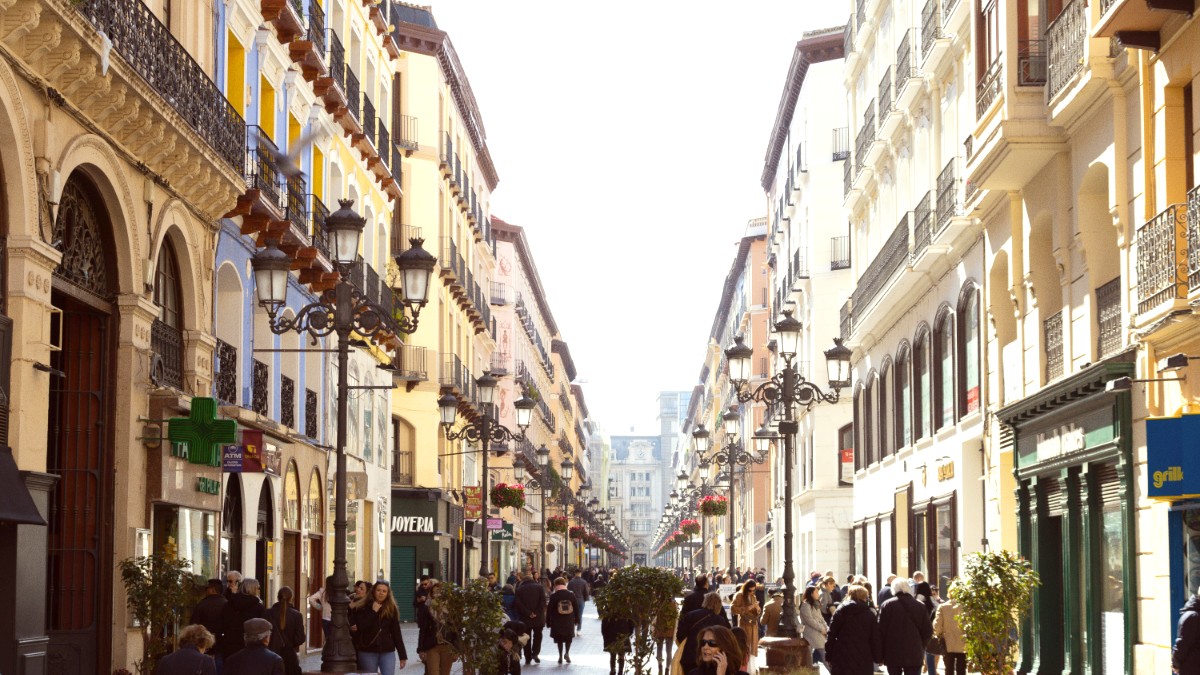
Aragon Basque Country And Navarra, Spain
Aragonese cuisine features robust, simple dishes with flavors from locally produced ingredients for generations.
The region's history, with Roman, Moorish, and Christian influences, contributed to its diverse culinary traditions.
Ternasco de Aragón (young lamb) is a signature product. Cured hams like Jamón de Teruel are celebrated.
Borage (borraja) and cardoon (cardo) are unique local vegetables. Lentils and chickpeas are also common.
Paprika and saffron add color and depth. Olive oil from the Bajo Aragón region serves as the base for cooking.
Roasted young lamb, tender and flavorful, often served with potatoes. A signature dish of Aragon.
Find it in traditional Aragonese restaurants.
A hearty shepherd's dish made from fried breadcrumbs, often served with grapes, a fried egg, or chorizo.
A classic comfort food, especially popular in cooler months.
Borage or cardoon, local vegetables, cooked simply with potatoes, garlic, or almonds.
Healthy and delicious, often a Christmas dish but found year-round.
Aragon boasts Denominations of Origin like Cariñena, Somontano, Campo de Borja, and Calatayud. Try a local Garnacha wine.
Frutas de Aragón (candied fruits in chocolate), Trenza de Almudévar (braided pastry), and Guirlache (nougat-like candy).
Zaragoza offers a wide range of dining experiences, from gourmet meals to casual tapas.
Experience elevated Aragonese cuisine at Michelin-starred La Prensa or creative dishes at Novodabo.
Numerous options offering traditional Aragonese and Spanish cuisine throughout the city.
Enjoy affordable yet delicious bites in lively local settings.
Housed in a beautiful Modernista building, features vendors selling fresh produce, meat, fish, and cheese.
A lively atmosphere to experience local life. See image here.
A modern gourmet food market with various food stalls, bars, and communal seating.
A good spot for a casual meal or drinks with friends.
Growing number of Italian, Asian, and Mexican restaurants.
Mainly found in the Centro and surrounding neighborhoods.
Many traditional vegetable dishes like borrajas are naturally vegetarian. Tapas bars usually offer options like patatas bravas, olives.
Use apps like "HappyCow" to find friendly restaurants.
Always inform staff clearly about your allergies or dietary needs. Cross-contamination can be an issue in kitchens.
Research specific restaurants in advance.
Spanish cuisine often uses naturally gluten-free ingredients like olive oil, vegetables, and meats. Be mindful of cross-contamination.
Mercado Central is excellent for fresh produce and ingredients if you choose to cook your own meals.
Beyond dining, Zaragoza offers ways to immerse yourself in its culinary culture.
Several local companies offer Aragonese cooking classes, focusing on traditional dishes.
Some artisan shops might offer short workshops in crafts like pottery or ceramics.
Various language schools offer Spanish courses for immersion.
This lively labyrinth of tapas bars offers an unique and social way to enjoy a meal, moving from one establishment to another.
Sample different specialties in an informal setting.
Arrange visits to olive oil mills or wineries in the surrounding Aragon region, like the Cariñena wine region.
Possible with a dedicated excursion from Zaragoza.
Discover specialty cheese shops offering unique Aragonese varieties.
Seek out bakeries for traditional Aragonese bread and pastries.
Experience the fresh catch and seafood options at Mercado Central.
El Tubo offers the quintessential "tapas crawling" experience in Zaragoza.